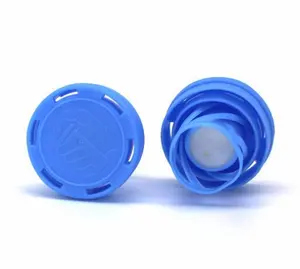
Lubrication Oil Induction Aluminum Foil Sealing Liner Seal PE Bottle Cap Liner

Wholesale Aluminum Lid For Jars Cosmetic 43/400 89/400 53/400 70/400 58/400 Caps Lids For Jars Custom Logo Embossed






















Desiccant caps are integral components in the preservation of product integrity across various industries. These caps are designed to control moisture and protect products from degradation due to humidity. Utilized widely in pharmaceuticals, electronics, and food packaging, desiccant caps play a crucial role in maintaining the shelf life and quality of products.
There are several types of desiccant caps, each tailored to specific needs and applications. Common materials used in their construction include silica gel, molecular sieves, and clay. These materials are chosen for their hygroscopic properties, allowing them to effectively absorb moisture from the air.
The versatility of desiccant caps allows for their use in a multitude of settings. They are particularly essential in the pharmaceutical industry, where product stability is paramount. In electronics, they prevent corrosion of components, and in food packaging, they help in prolonging freshness.
Desiccant caps are valued for their ability to maintain a dry environment. They are non-toxic, making them safe for use in consumer products. Additionally, their compact design ensures they do not take up excessive space, which is particularly beneficial in packaging applications.
Proper storage of desiccant caps is necessary to preserve their efficacy. They should be kept in a dry, cool environment to prevent premature absorption of moisture. Suppliers on Alibaba.com ensure that these caps are packaged in airtight containers to maintain their quality during transit and storage.
Selecting the appropriate desiccant cap requires consideration of the specific moisture control needs of the product. Factors such as the absorption capacity, compatibility with the product material, and the intended storage duration are critical in making an informed decision.